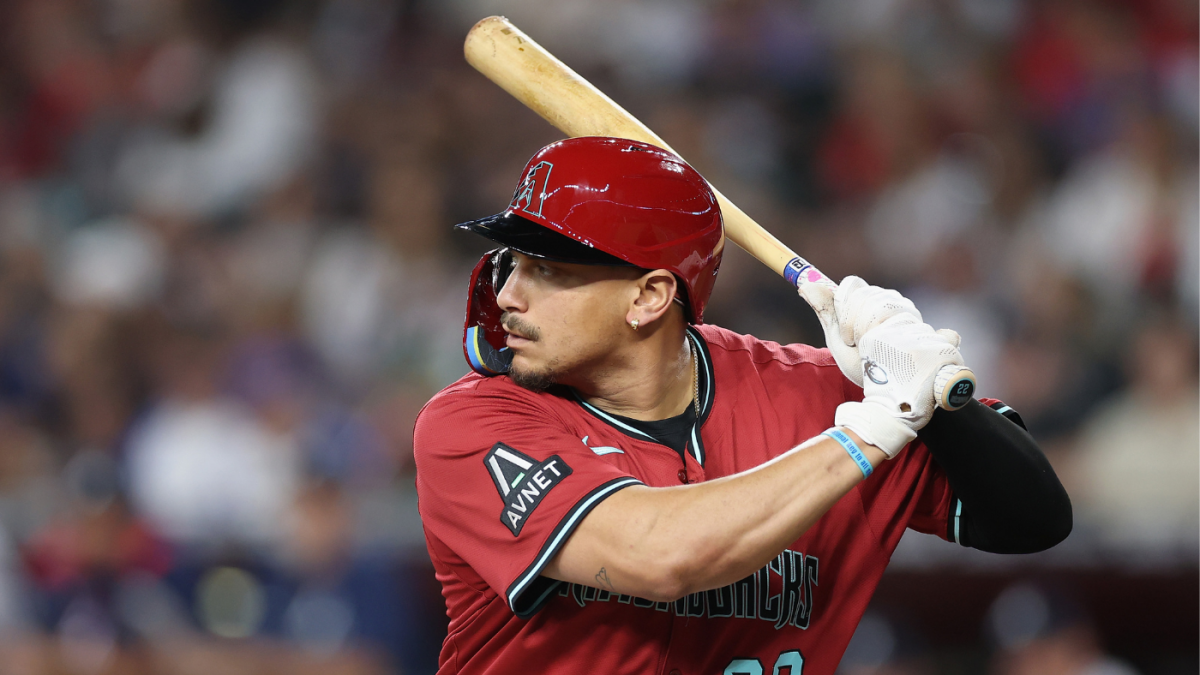The Seattle Mariners Acquire Josh Naylor: A Trade Deadline Deep Dive
The Mariners’ Strategic Offensive Upgrade
The Seattle Mariners’ acquisition of Josh Naylor from the Arizona Diamondbacks was a strategic move designed to address a critical offensive deficiency. The Mariners had been struggling with inconsistent production at first base, a position that had become a liability rather than an asset. Naylor’s arrival was intended to transform this weakness into a strength, providing a reliable power bat in the heart of the lineup.
Naylor’s offensive profile was particularly appealing to the Mariners. His ability to hit for both average and power made him an ideal fit for a team looking to elevate its offensive output. His 11 home runs and 59 RBIs in the first half of the season demonstrated his capability to drive in runs consistently, a skill that would be invaluable in close games and high-pressure situations.
Beyond his statistical contributions, Naylor brought intangible qualities that were equally important. His experience as a former All-Star and his reputation for clutch performances added a layer of leadership and reliability to the Mariners’ lineup. This was not just about adding a player; it was about adding a difference-maker who could elevate the performance of those around him.
The Diamondbacks’ Long-Term Vision
For the Arizona Diamondbacks, the decision to trade Naylor was a calculated step in their long-term rebuilding process. The Diamondbacks found themselves in a challenging division, competing against the formidable Los Angeles Dodgers and San Diego Padres. Recognizing the need to prioritize future success over immediate gains, the Diamondbacks opted to trade Naylor for two promising pitching prospects.
Brandyn Garcia and Ashton Izzi represented the kind of young talent that the Diamondbacks were targeting. Garcia’s deceptive delivery and strikeout potential made him an intriguing prospect for the starting rotation. Izzi’s high-velocity fastball and developing secondary pitches suggested a future role as a late-inning reliever. Both players fit into the Diamondbacks’ vision of building a strong, sustainable pitching core.
The trade also reflected the Diamondbacks’ commitment to a patient, methodical approach to team-building. Rather than chasing short-term success, they were focused on acquiring and developing talent that could contribute to their success in the years to come. This philosophy was evident in their willingness to part with a proven major league player in exchange for prospects who had yet to establish themselves at the highest level.
Evaluating the Trade’s Immediate Impact
The immediate impact of the trade was clear for both teams. For the Mariners, Naylor’s addition was expected to provide an immediate boost to their offense. His power and run production would help the Mariners close the gap on the Houston Astros in the American League West, making them a more formidable contender in the playoff race.
For the Diamondbacks, the trade allowed them to address a need in their pitching development pipeline. The acquisition of Garcia and Izzi provided them with two additional prospects to nurture and develop, increasing the likelihood of uncovering future major league contributors.
However, the long-term implications of the trade were more complex. The Mariners’ decision to part with two pitching prospects was a gamble on Naylor’s ability to deliver on his potential. If Naylor continued to perform at a high level, the trade would be seen as a success. If not, the Mariners would have to contend with the loss of two promising young pitchers.
Similarly, the Diamondbacks’ success would hinge on the development of Garcia and Izzi. If both players progressed as expected, the trade would be seen as a wise investment in the future. If not, the Diamondbacks would have to reconsider their approach to team-building.
Conclusion: A Trade with Far-Reaching Consequences
The Josh Naylor trade was more than just a transaction; it was a statement of intent from both the Seattle Mariners and the Arizona Diamondbacks. The Mariners signaled their commitment to contending for a playoff spot, while the Diamondbacks reaffirmed their dedication to a long-term rebuilding strategy.
The success of this trade will be measured over time, as the players involved develop and contribute to their respective teams. For now, the trade serves as a reminder of the contrasting philosophies that drive teams in their pursuit of baseball glory. Whether the Mariners’ gamble pays off or the Diamondbacks’ patience is rewarded, this trade will have a lasting impact on both franchises.











